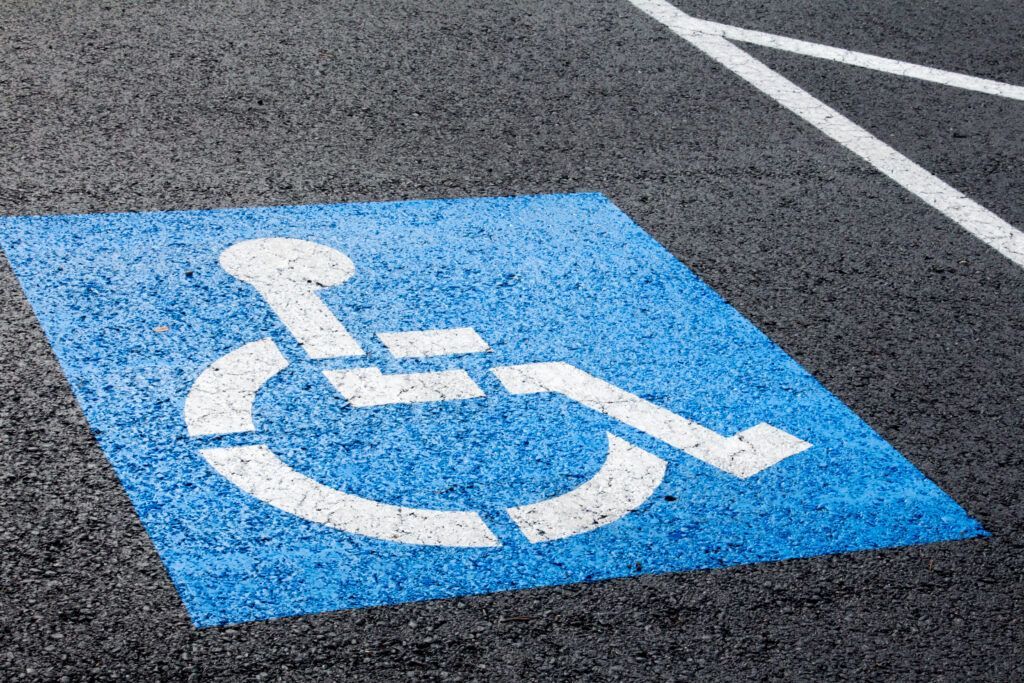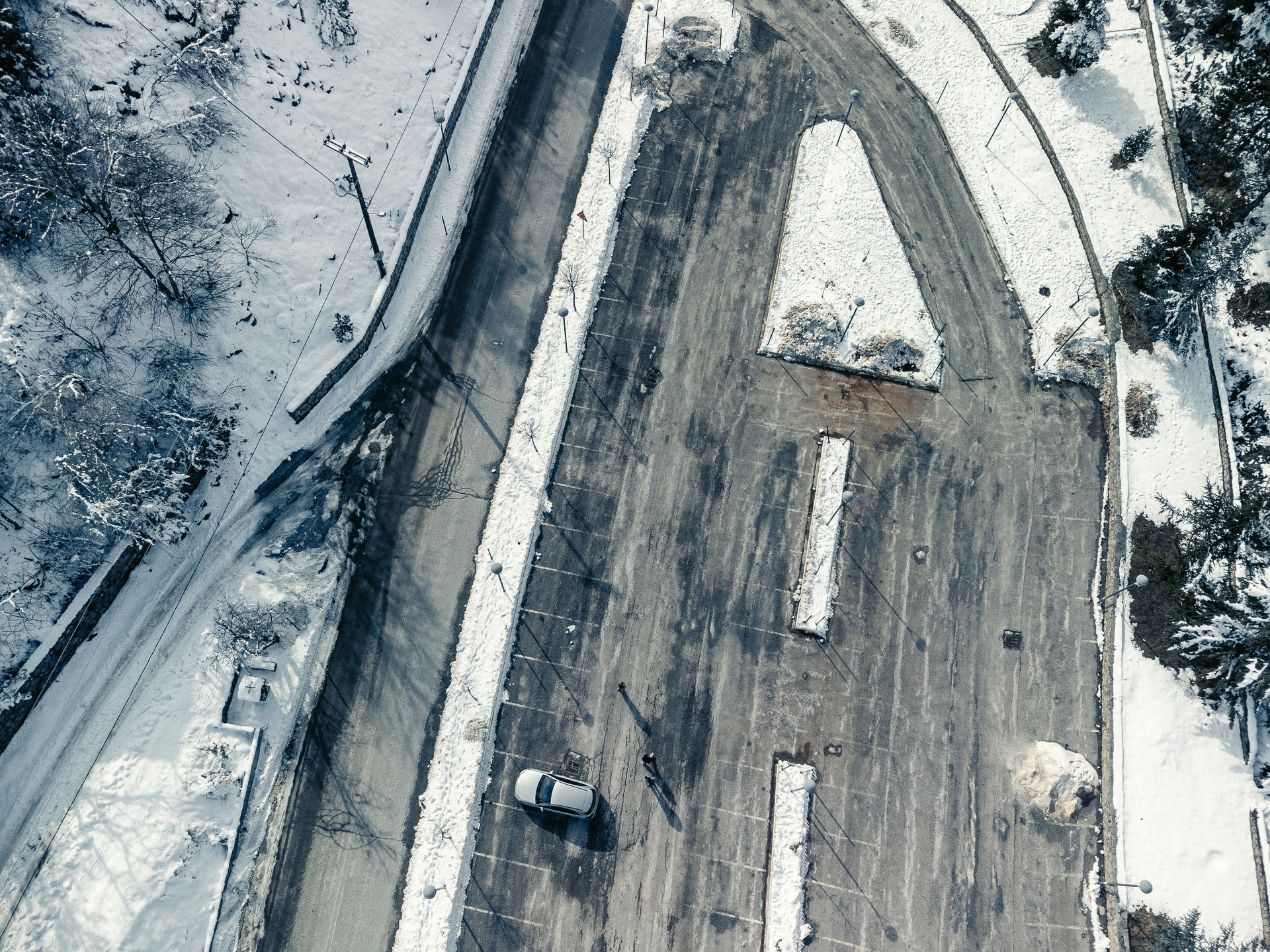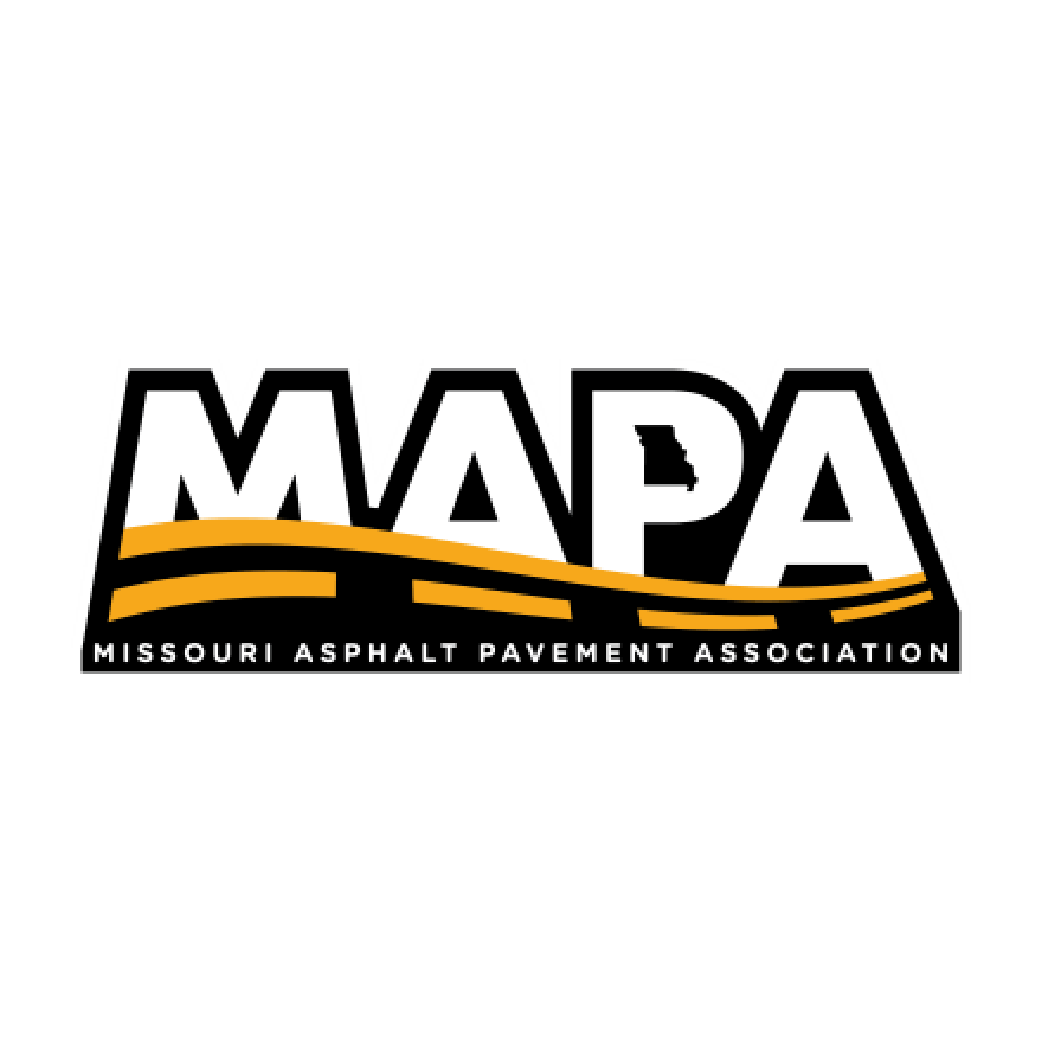Who Paves What? A Guide to Responsibilities in Asphalt Paving
We’ve all had those moments: driving around your area when suddenly you hit worn-down, damaged pavement. Or, you’re running errands and moving through a parking lot when you hit a large pothole, jostling the car.
You might think, “Who’s in charge of this pavement? They need to fix this!”
Understanding the players in the asphalt industry is essential. State governments, local leadership, commercial property owners, and residential homeowners all have responsibilities regarding different types of pavement.
Let’s discuss paving responsibilities for various areas.
Residential Driveways
Who’s Responsible
Private homeowners
Individual homeowners are responsible for residential driveways. Residential contractors, not commercial companies like ours, usually handle these small-scale projects.
Tips
If you’re a builder or managing a development with multiple homes, you might work with a commercial paving company for efficiency. Regardless, proper grading and drainage are critical to avoid premature cracking. Encourage homeowners to seal their driveways every few years to extend their lifespan.
Neighborhood Roads
Who’s Responsible
Homeowners’ Associations (HOAs), private developers, or municipalities
Neighborhood roads can be tricky. The local city or county maintains some, while others are considered private and fall under the responsibility of an HOA or developer.
Tips
Confirm whether your roads are public or private if you’re part of an HOA or property management group. Private roads typically require funding from resident dues. Clear communication with residents and planning around access are essential when paving or resurfacing.
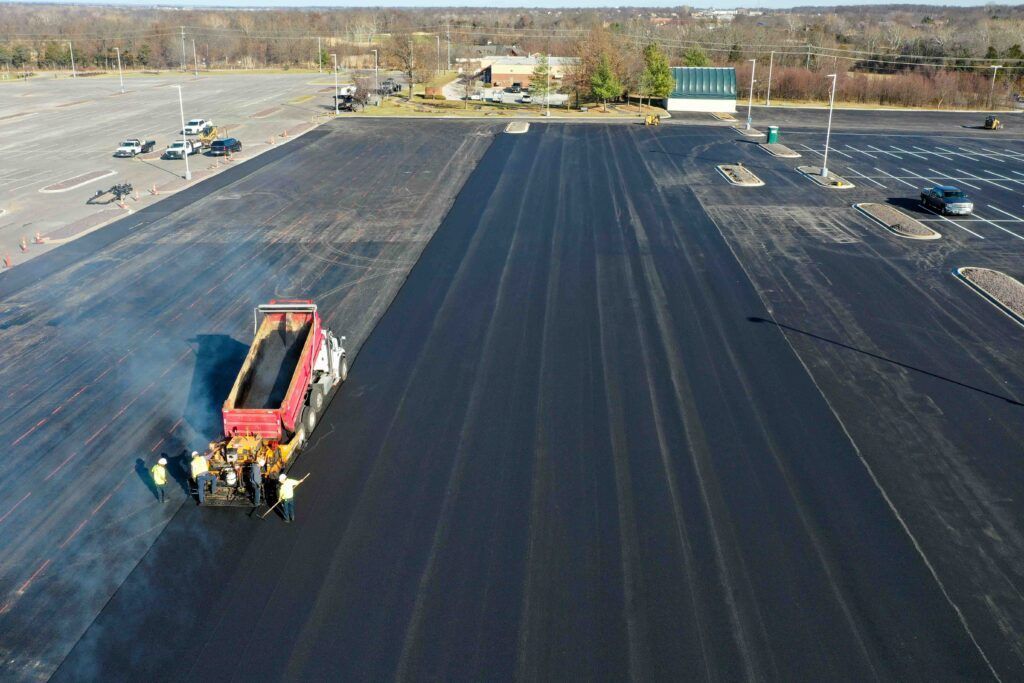
Commercial Parking Lots
Who’s Responsible
Business or commercial property owners
The property owner is responsible for commercial parking at office parks, retail centers, or warehouses. Property owners should remember to factor in maintenance, resurfacing, and striping into their upkeep.
Tips
Think beyond appearance. A well-paved lot improves customer experience and reduces liability. Ensure your lot meets ADA requirements, has clear markings, and can handle vehicle volume and weight. Consider sealcoating and crack filling as part of your ongoing maintenance plan.
City Roads
Who’s Responsible
City or local public works departments
City roads are typically managed and maintained by municipal governments. Projects might be handled internally or contracted out through a formal bidding process.
Tips
Staying updated with city RFPs and pre-qualification requirements is essential if you’re a contractor. Property owners or businesses along city roads should coordinate with local officials if road work might impact their access or operations.
Interstate Highways
Who’s Responsible
State Departments of Transportation (DOTs)
Each state’s DOT maintains interstate and major highways. Large-scale projects require specialized equipment, strict compliance with federal and state regulations, and in-depth experience with high-traffic environments.
Tips
If an asphalt company wants to enter highway work, it must be pre-qualified by its state’s DOT and understand the required permitting, safety, and environmental standards.
Parking Lots for Public Community Buildings
Who’s Responsible
Local government or public facilities departments
Parking lots at libraries, recreation centers, fire stations, and other community buildings are often publicly funded and maintained.
Tips
These lots typically require public bidding. In the design, consider accessibility, lighting, and pedestrian safety. Public facilities usually prefer long-lasting, low-maintenance materials that stay functional for years.
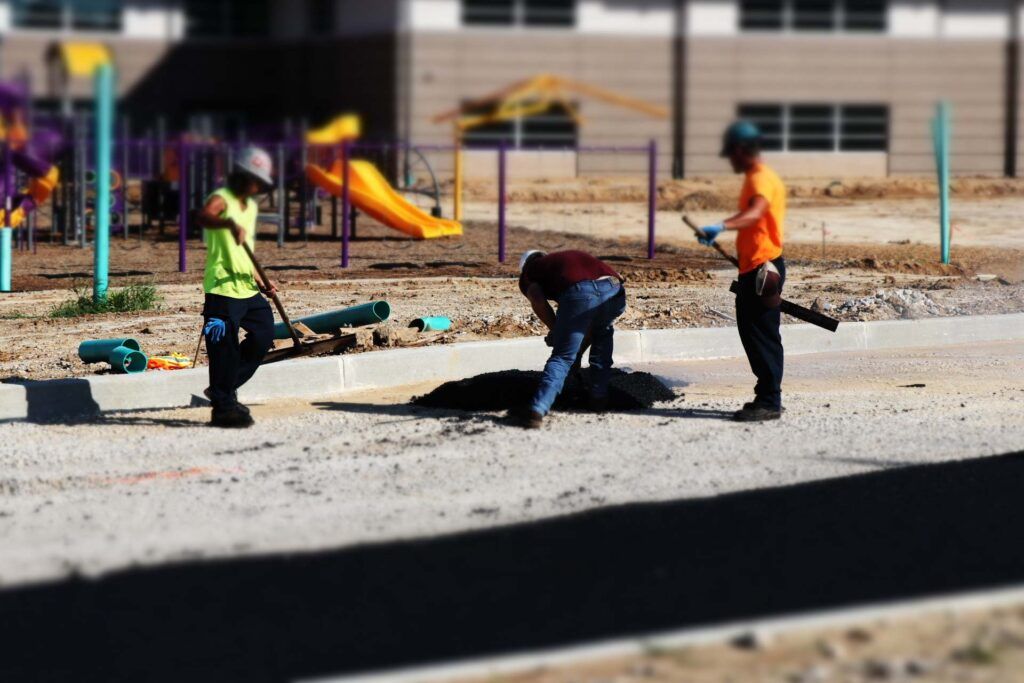
Asphalt Trails in City and State Parks
Who’s Responsible
- City parks: Local parks and recreation departments
- State parks: State parks departments or natural resources agencies
Many recreational trails are paved with asphalt to accommodate walkers, runners, cyclists, and maintenance vehicles. These projects are publicly funded and often emphasize environmental sensitivity.
Tips
Responsible parties should build park trails with both durability and nature in mind. Porous asphalt may be required to help with stormwater runoff. Construction schedules must also align with park events, weather, and wildlife patterns.
Playgrounds
Who’s Responsible
Schools, cities, or private organizations
Safety is key for building playgrounds. Teams may surface the playground area with asphalt or rubberized asphalt. School districts, parks departments, or private organizations usually fund these.
Tips
Safety and accessibility are top priorities. Surfacing must be smooth and level, with safe transitions to other playground materials like rubber mulch or synthetic turf. Coordinate closely with playground equipment vendors for layout and installation timing.
Work With Leritz Busy Bee Paving
Understanding who’s responsible for paving a particular area is the first step in planning a successful project, whether you’re a property owner, government official, or contractor. Knowing what entity oversees a road or lot can help determine funding, timelines, and the appropriate paving contractor.
At Leritz Busy Bee Paving, we specialize in commercial paving projects, including parking lots, municipal roads, and asphalt maintenance. If you’re unsure where your project falls—or need help navigating local processes—we’re here to help.
Contact us today to discuss your paving needs or request a free estimate.
The post Who Paves What? A Guide to Responsibilities in Asphalt Paving appeared first on Leritz Busy Bee Asphalt Paving.
